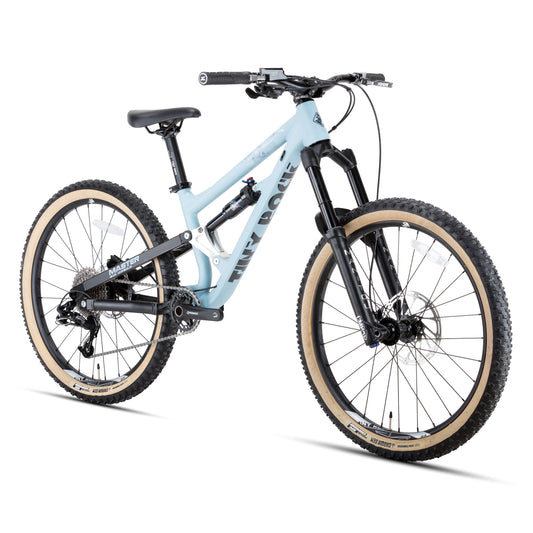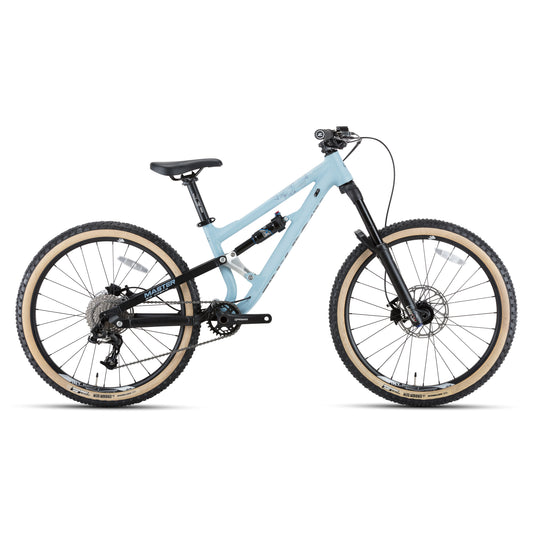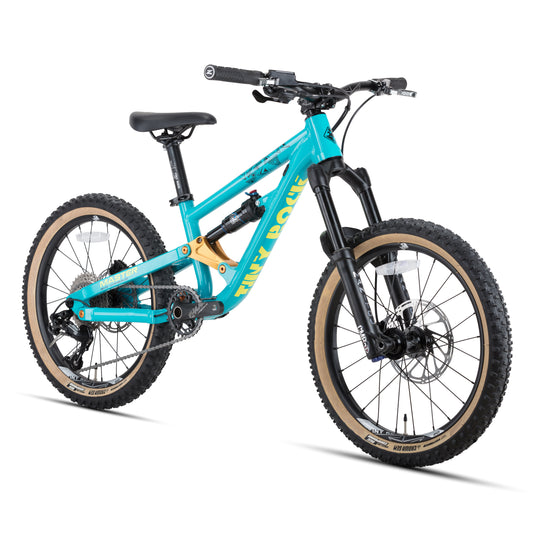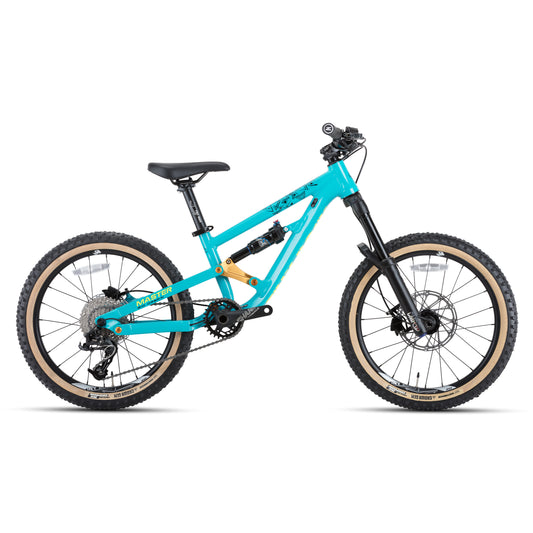Geometry easily explains: stack, reach and the magic of the mountain bike dimensions
If you are the perfect one Mountain bike fully for your child selected, you quickly stumble across technical terms such as Stack and Reach. These are these dimensions A and O of the bicycle geometry And crucial for how the bike feels and how well it fits your child. Don't worry, we explain this and other important terms to you.
Stack and Reach: The key dimensions for the seating position
The times when you only measured the length of the seat tube are over. Stack and Reach determine the modern and effective driving position, which is particularly important in the field.
REACH (reach):
What it is: the horizontal distance from the middle of the bottom bracket (i.e. the center of the crank) to the middle of the control tube (where the handlebar is located).
Simply put: he determines how long the bike feels when your child is standing or driving in the asset. A longer reach offers more stability at high speeds, while a shorter reach makes the bike more agile.
Note: The reach tells you how far your child has to stretch forward.
Stack (stacking height):
What it is: the vertical distance from the middle of the bottom bracket to the middle of the control tube.
Simply put: he determines the height of the handlebar. A higher stack ensures a more comfortable, more comfortable seating position and more control in steep descents. A low stack leads to a more sporty, more aerodynamic attitude.
Note: The stack tells you how high the driver is in relation to the pedals.
Other important terms of bicycle geometry
In addition to stack and reach, there are other dimensions that significantly influence the driving behavior of the children's MIT:
Wheelbase (wheel base):
What it is: the distance between the axes of the front and rear wheel.
Effect: A long wheelbase makes the bike more smooth and stable at high speed. A short wheelbase makes it agile and agile in tight curves.
Steering angle (Head Angle):
What it is: the angle in which the head tube (and thus the fork) stands for the horizontal.
Effect: A flat steering angle (smaller number of degrees, e.g. 65 °) is typical for downhill and enduro bikes. It ensures stability on descents. A steep steering angle (larger number of degrees, e.g. 70 °) is better for efficient climbing and sharp steering.
Seat angle (Seat Tube Angle):
What it is: the angle in which the saddle tube stands to the horizontal.
Effect: A steep seat angle brings the bottom bracket to the center of gravity, which makes kicking uphill more efficient. This is particularly important for fullys because the driver does not sitting "behind" the bottom bracket "behind".
Conclusion for parents
If you buy a fully for your child, pay attention to a balanced ratio of stack and reach. This dimensions, combined with a suitable steering angle, determine whether the bike feels controlled and secure. An optimally coordinated framework ensures that your child not only has fun, but can also effectively improve their driving technique.
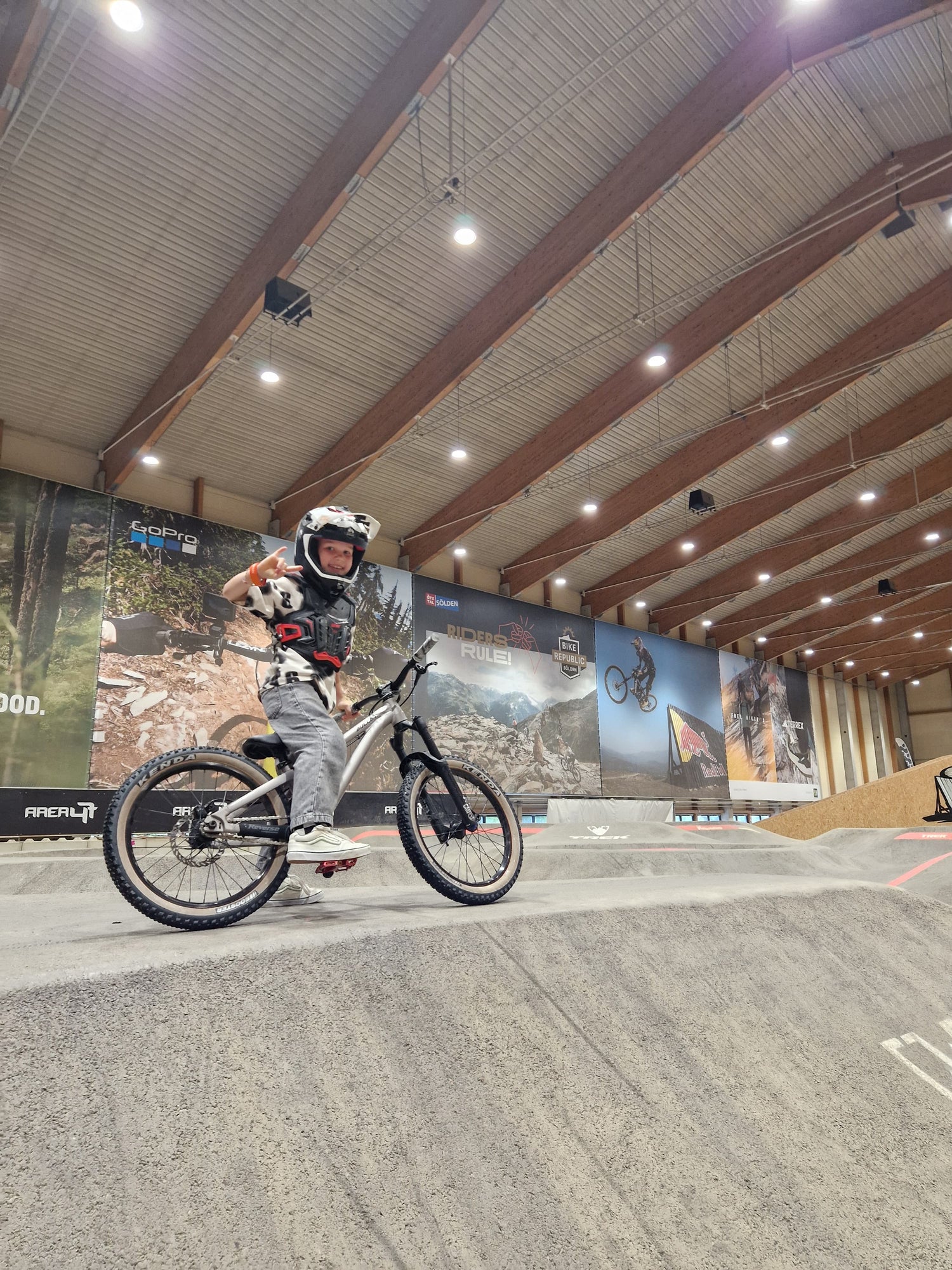
Lenni
Lenni ist mit seinen 8 Jahren ein echter Mountainbike-Crack und begeistert auf Trails, in Bikeparks und bei Rennen wie dem Kids Cup oder Iron Race mit Podiumsplätzen. Mit seinem Tiny Rock Mater S und dem Bullet 20" ist er bereit für neue Herausforderungen und inspiriert andere Kids, ihre Leidenschaft fürs Biken zu leben.
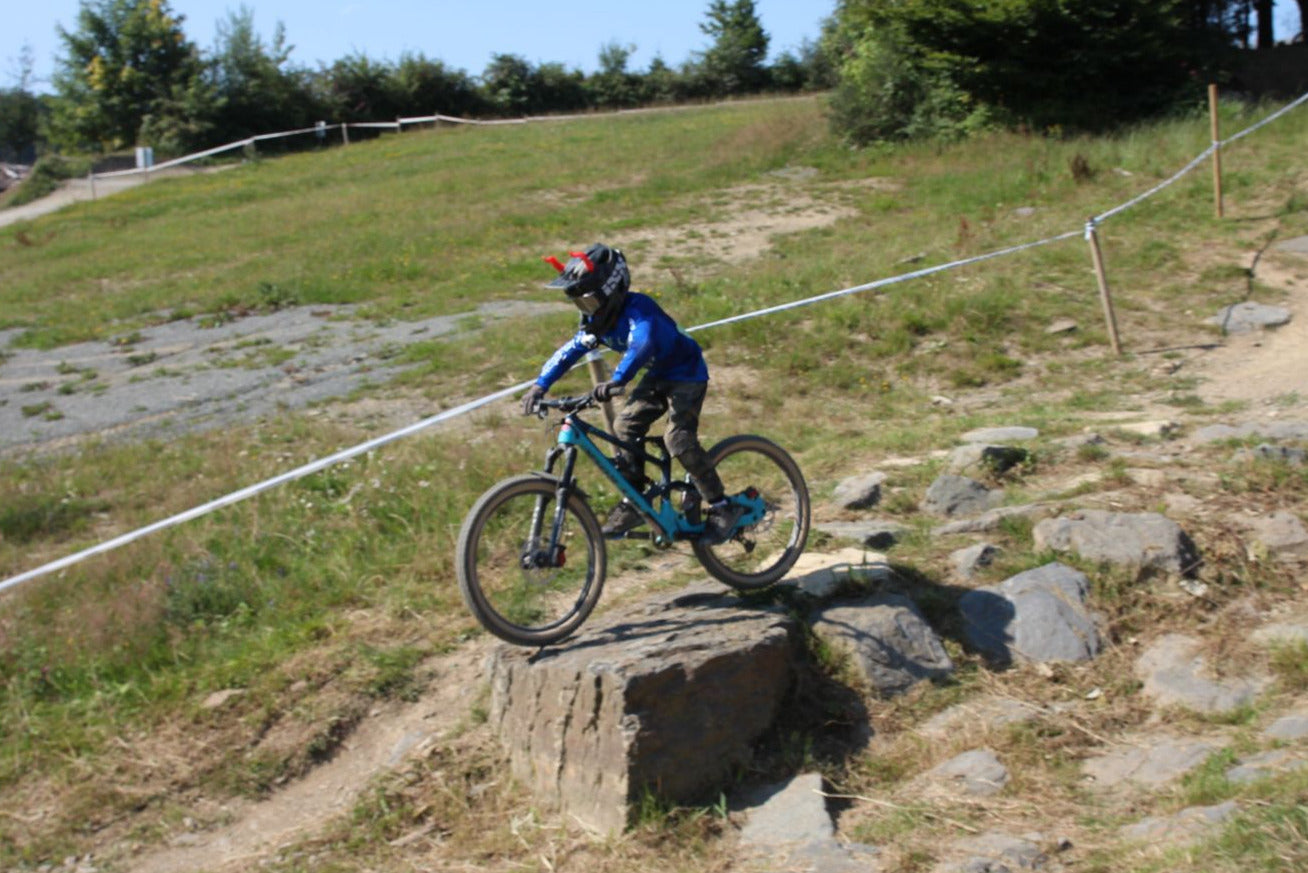
Theo
Theo, bekannt als „Turbo Theo“, ist ein talentierter junger Mountainbiker mit auffälligem Helm und beeindruckenden Erfolgen bei Kids Cups und BMX-Wettbewerben. Neben dem Bike lebt er Kreativität und Action mit Graffiti, Skateboard und Co.
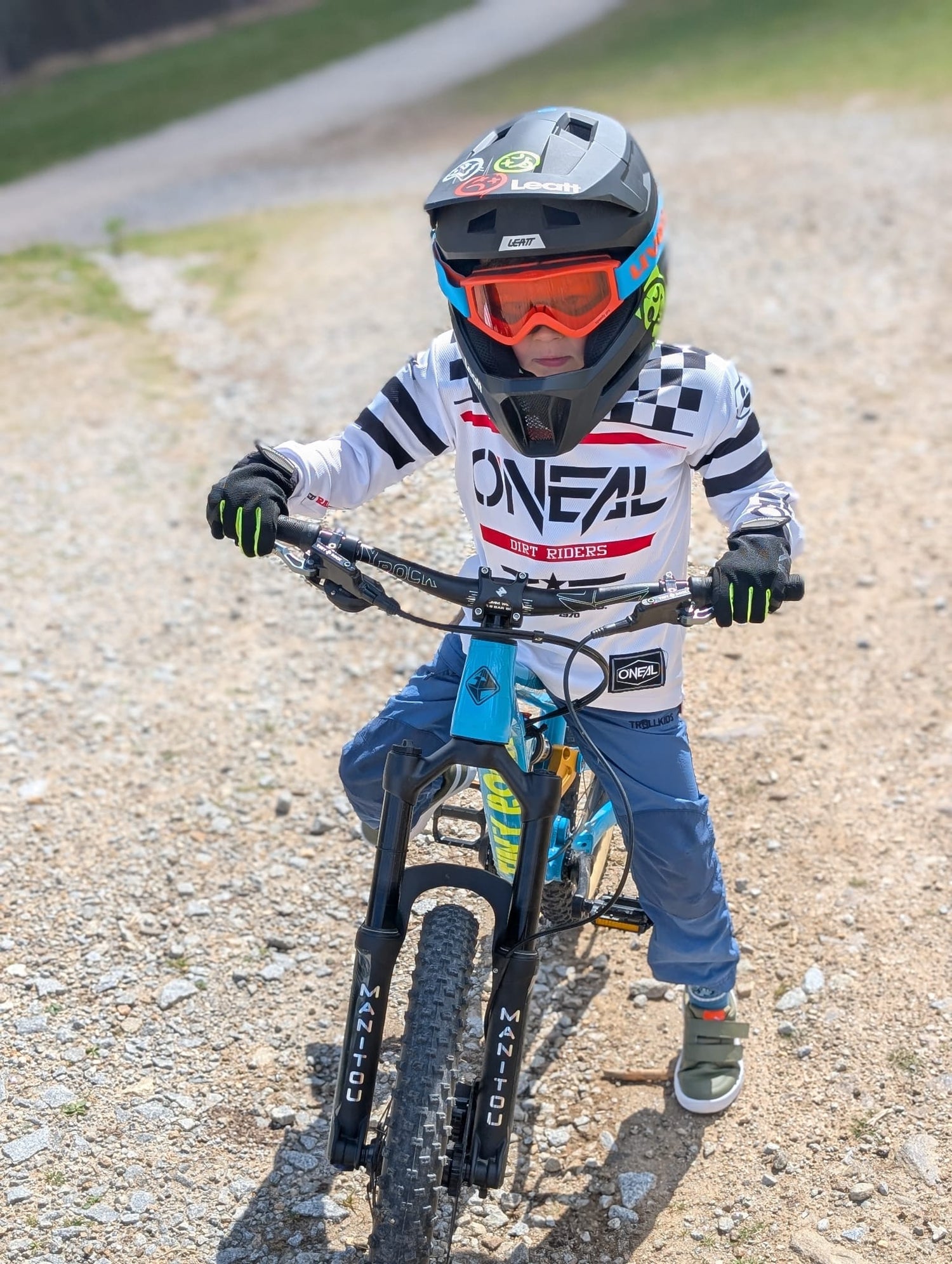
Yannis
Yannis, genannt „Mü“, ist mit seinen 4 Jahren Tiny Rocks jüngster Shredder und liebt Jump Lines, Bikeparks und leichte Enduro-Strecken. Ob auf dem Mountainbike oder Stuntroller – er fährt praktisch rund um die Uhr und lebt den Tiny Rock Spirit.
Master-Modelle mit Aluminium Rahmen
-
24" Master (Aluminium Frame)
Regular price €2.199,00 EURRegular priceUnit price / per€2.199,00 EURSale price €2.199,00 EUR -
20 "master (aluminum frame)
Regular price €2.199,00 EURRegular priceUnit price / per€2.199,00 EURSale price €2.199,00 EUR

